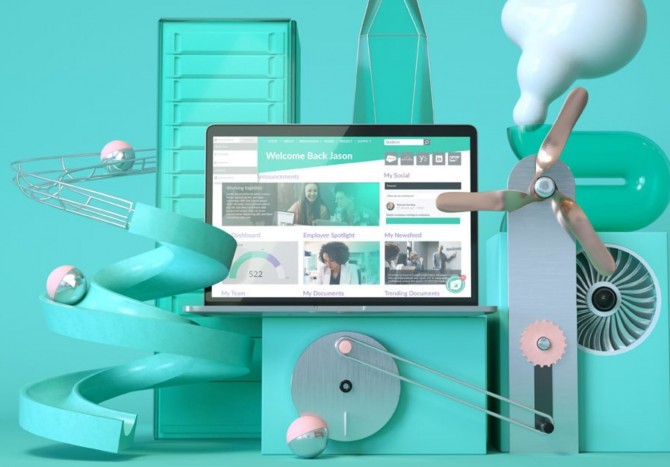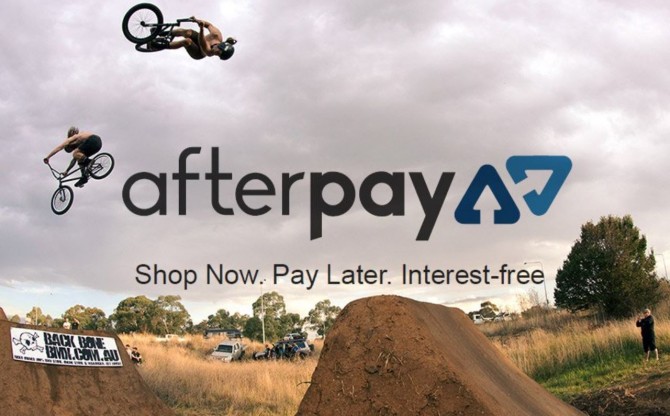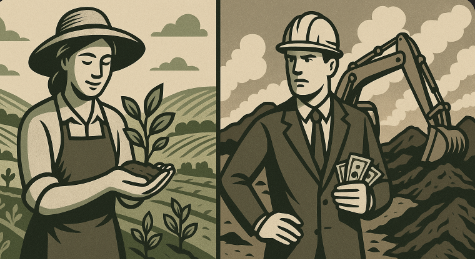
There’s a lot of distance between broad, abstract investing concepts and placing actual trades with your hard earned.
7 Powers: The Foundations of Business Strategy by Hamilton Helmer makes a good attempt at focusing the investor’s attention on the things that matter, and putting it in a way that feels a bit more actionable.
It’s basically a book about ‘moats’, as Buffett would call them, but Helmer does a good job of describing them. I recommend it.
Anyway, here are the 7 powers:
Scale Economies: The Power of Size
Scale economies refer to the cost advantages that accrue as a company increases production. In essence, the more a company produces, the cheaper each unit becomes, creating a barrier for smaller competitors.
Good ol’ Woolies (ASX:WOW) is a classic example. Its vast scale is effectively (arguably too effectively) leveraged to secure better terms from suppliers, as well as spread corporate and advertising costs over a large revenue base.
It’s at a point where only established international competitors have any hope of eating their lunch — and even they haven’t been able to dethrone this behemoth.
Network Economies: The Power of Connections
This, in my humble view, is the most potent of the 7 powers. He calls them network economies (aka network effects) and they arise when the value of a service increases as more people use it. This creates a self-reinforcing loop where success breeds success, often leading to market dominance.
REA Group (ASX:REA), which operates realestate.com.au, is the obvious example. It’s no coincidence its one of the best ever long-term performers on the ASX ever.
Still, beware those that tout the potential for network effects without having yet established them. Camplify (ASX:CHL), Air Tasker (ASX:ART), HiPages (ASX:HPG) and Articore (ASX:ATG) (formerly Red Bubble) may one day build up strong network economies but, so far at least, have struggled to get the flywheel spinning.
Counter-positioning: The Power of New Models
Counter-positioning occurs when an innovative business model makes it unattractive for incumbents to adopt without undermining their existing operations.
AfterPay — now owned by Block (ASX:SQ2) — is a great example. OK, the business enjoyed a silly market premium for a time, and its new owner very likely overpaid for it, but that doesn’t negate the fact it went from zero revenue to almost $1 billion in less than ten years.
BNPL completely up-ended the retail credit landscape by offering something entirely different.
Switching Costs: The Power of Inertia
Switching costs are the obstacles that customers face when changing from one product or service to another. High switching costs can lock customers in, making it hard for competitors to lure them away — which is why I often refer to them as ‘trap-door moats’.
I’ve had direct personal (and painful) experience here in dealing with counterparties like AWS and S&P. I’ll complain about them all day long, but the truth is that switching is difficult, costly and risky — and they sure as hell know it.
That’s why they can raise prices every year and deliver fairly poor service without too much worry!
If we look around the ASX, my favourite example is Technology One (ASX:TNE). 99%+ customer retention is really all you the proof you need that the company enjoys an extremely powerful trap-door. Which makes sense; changing enterprise software is like getting a spinal transplant.
Branding: The Power of Trust
A strong brand is one of the most valuable assets a company can have. It’s what drives customer loyalty and pricing power.
I think here we can point to Nick Scali (ASX:NCK), that only this week revealed a near 8% slide in sales. Yeah, that’s not obviously something to celebrate, but in the context of a brutal retail environment, and after a long history of strong growth and high margins, there’s clearly something that helps it stand out from other furniture retailers.
Remember though, it takes a lifetime to build a brand, but only a moment to destroy it.
Cornered Resource: The Power of Exclusivity
A cornered resource is a unique asset or resource that is difficult or impossible for competitors to replicate. This could be a patent, exclusive rights, or even a scarce raw material.
Lynas (ASX: LYC), which holds one of the few non-Chinese sources of rare earth materials, is a case in point. Exclusive access to a scarce and geopolitically sensitive resource gives the company a decent advantage.
Process Power: The Power of Know-How
Process power is the ability to create better products or services through superior processes, often developed through years of experience and expertise. This advantage is hard for competitors to copy.
CSL’s (ASX:CSL) expertise in biopharmaceuticals and its proprietary processes in plasma fractionation and vaccine production are the backbone of its success. These processes, honed over decades, allow CSL to maintain its leadership in a highly specialized and regulated industry, where replicating such expertise is nearly impossible.
Final thoughts
You could almost build an entire investment strategy around identifying companies that enjoy one or more of these 7 powers. Just be careful not to see things that aren’t there — false positives abound!
Remember, if a business genuinely enjoys a durable competitive advantage, it’ll be reflected in the financial results. Things like higher than average gross margins, strong returns on invested capital and high customer retention are useful sign-posts.
Finally, it is of paramount importance that management themselves correctly identify and nurture these strengths — something Buffett emphasized in his 2005 shareholder letter:
“Every day, in countless ways, the competitive position of each of our businesses grows either weaker or stronger. If we are delighting customers, eliminating unnecessary costs and improving our products and services, we gain strength. But if we treat customers with indifference or tolerate bloat, our businesses will wither. On a daily basis, the effects of our actions are imperceptible; cumulatively, though, their consequences are enormous.”
“When our long-term competitive position improves as a result of these almost unnoticeable actions, we describe the phenomenon as ‘widening the moat.’ And doing that is essential if we are to have the kind of business we want a decade or two from now. We always, of course, hope to earn more money in the short term. But when short-term and long-term conflict, widening the moat must take precedence.
Amen to that.
Strawman is Australia’s premier online investment club.
Members share research & recommendations on ASX-listed stocks by managing Virtual Portfolios and building Company Reports. By ranking content according to performance and community endorsement, Strawman provides accountable and peer-reviewed investment insights.
Disclaimer– Strawman is not a broker and you cannot purchase shares through the platform. All trades on Strawman use play money and are intended only as a tool to gain experience and have fun. No content on Strawman should be considered an inducement to to buy or sell real world financial securities, and you should seek professional advice before making any investment decisions.
© 2024 Strawman Pty Ltd. All rights reserved.
| Privacy Policy | Terms of Service |
ACN: 610 908 211







